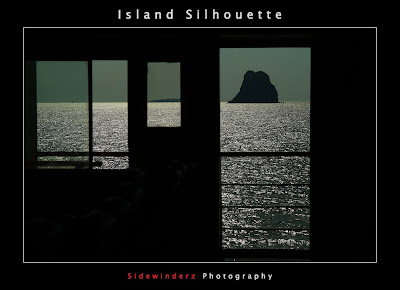Author: David Neargardner
Are you interested in setting up your own home or office photography studio? If so, you've probably found out that it can be pretty tricky to decide which photo studio equipment you really need. The primary components of a good photo studio are the background, lighting, the camera, plus props and film if you won't be shooting digitally. Here's a look at some of the basics.
A good background is extremely important as basic photo studio equipment, since it can be a good complement to your subject, or a real problem. Plain backgrounds, such as seamless paper, are usually preferred. Stick with white as a basic choice, though blue, gray and black are also good. Muslin can also work. When you're going to roll the background paper to the floor, make sure there's a smooth curve that will eliminate harsh horizontals. Consider putting paper or tape on the bottom of human models shoes to keep the paper clean. Muslin backgrounds are made of light cotton, can be draped, and have more texture than paper.
Lighting is next most important. You'll need a minimum of two lights - one for direct lighting and a softer light to prevent harshness. A third light is extremely common. This can be used to edge light the subject, preventing it from blending into the background. Most people start with flood lights, also called hot lights (and they are quite hot!) They cost less and work well with just about any camera. The heat can be uncomfortable, however, and basic fire safety needs to be followed. The bulbs are incandescent, so they need to be replaced fairly often.
Another popular type of lighting used as basic photo studio equipment is the strobe. These flash when you take a picture. Digital cameras are usually connected directly to your studio strobes to signal them to work. If this is not possible, choose strobes equipped with a light sensor that will set them off when the camera flashes. Make sure your camera does not use a pre-flash if you're going to be using this method, however. It can set your strobes off too early.
A simple chair and some other props are appropriate if you'll be using mostly human models, but aren't necessary if you'll be photographing mostly objects. Choose the camera that's best suited to your subjects. If you'll mostly need to take photos of small objects, a camera with good macro settings should be part of your basic photo studio equipment. Most professionals use SLR cameras instead of automatics, since this allows for manual adjustment. However, you should work with the tools you feel most comfortable using.
These are just the basics when it comes to photo studio equipment. There are lots of other options out there, and as you take pictures, you'll find out which ones are best for you. The best thing you can do is to get started!
When shopping for photo studio equipment there are lighting kits available that are all in one's to help get you started easily. These lighting kits will often come in the form of continuous lighting which means the scene is always lit in cool to the touch fluorescent light kits with all the lights that you need including a muslin backdrop. There are also stroble flash kits available as well if you're going to be using an SLR camera that can allow you to sync your lens with the flash. The original "hot lights" or halogen lighting kits are continuous photo lighting kits like fluorescent is but produce a lot of heat and are not nearly as economical to operate as the cool running fluorescent kits are. For photographers just starting out, continuous lighting either in the forms of fluorescent or halogen lights are the easiest type of lighting to work with, simply turn them on and you are free to begin shooting.
Article Source: http://EzineArticles.com/?expert=David_Neargardner



